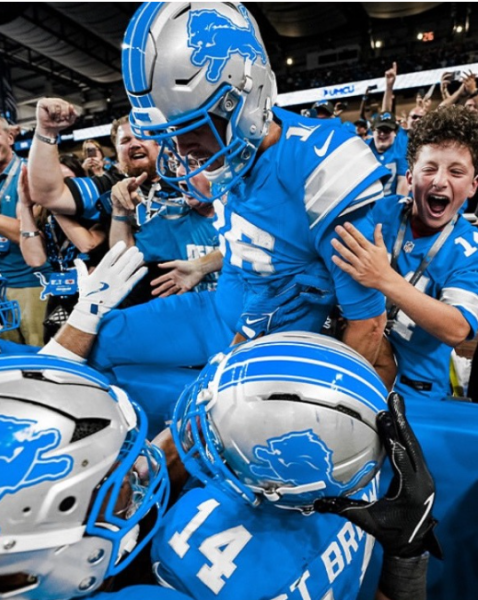St. Patrick’s Day
March 17, 2017
On March 17, people from all around the world wearing hues of green are joined by their friends and family to celebrate St. Patrick’s Day. Although thousands of people enjoy the cheerful and jolly vibe of this Irish holiday, very few know the real meaning of St. Patrick’s Day.
Junior Drew Loftus is one of many people who do not know the true sense of the holiday.
“I don’t really know that much about the real meaning of St. Patrick’s day,” Loftus said. “I think St. Patrick was a real person who made some kind of impact on the Irish people.”
St. Patrick was the beloved saint of Ireland in the 5th century whose mission was to convert the Irish to Christianity. While doing so, St. Patrick incorporated Irish culture, rituals and symbols into his lessons and is a large part of why the Irish heritage is still so rich today.
St. Patrick’s Day originally began in the 17th century as a feast day and a great pause from the Christian season of Lent. Loftus’s partial Irish blood does entail a celebration every year.
“My family and friends usually host a party,” Loftus said. “We wear green and eat Irish meals like corned beef and cabbage.”
Loftus’s form of celebration is similar to the majority of people. Feasting and dancing is all the norm.
St. Patrick was said to use the three leaf plant, known as a shamrock, to explain the Holy Trinity. Shamrocks are a prominent symbol for the Irish culture, and is also why shamrocks are so apparent on St. Patrick’s Day.
St. Patrick’s Day is nothing but a jolly holiday where friends and family come together to celebrate the Irish culture, whether or not they have any Irish in their veins.
“I cannot think of a negative memory of St. Patrick’s Day,” Loftus said. “It is always a fun day to relax and be jolly.”







